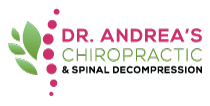Manual Manipulation
Spinal manipulation, also called spinal manipulative therapy uses hand placement and pressure to move and jolt joints. It’s designed to relieve pressure on joints, reduce inflammation, and improve nerve function. It’s often used to treat back, neck, shoulder, and headache pain. Dr. Andrea uses her hands to improve structural health to the whole body with this technique.
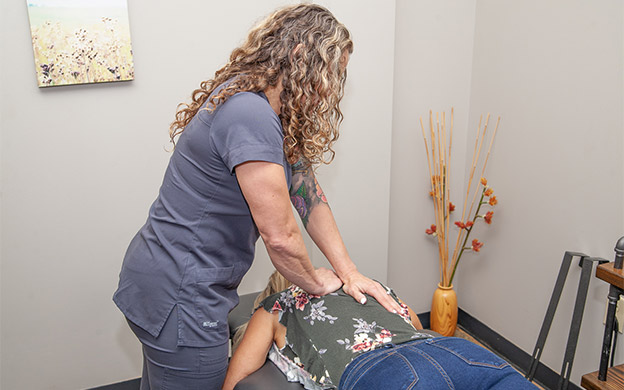
Pulsating Adjustment (Activator)
The pulsating adjustment uses a small, hand-held instrument to deliver a gentle impulse force to the spine with the goal of restoring motion to the targeted spinal vertebra or joint. It is an alternative to the traditional manual form of spinal manipulation. A spring-loaded, hand-held mechanical instrument provides a quick, low-force impulse at specific points. There are two theoretical advantages of an Activator instrument-assisted treatment. The first is based on the speed of the device. The instrument is so quick that the body’s muscles are less likely to tense in response and resist the treatment. The lack of muscle resistance may facilitate treatment effectiveness. The second is that the applied force is localized and does not add any additional torque or bending movement to the joint. It is a low force option for those who prefer a gentler adjustment.
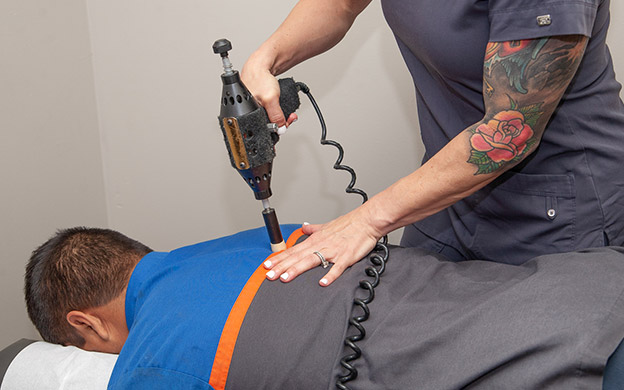
Thompson Drop
One unique feature of the Thompson Technique is the approach used to determine a disparity in the length of the legs when a patient is lying prone on the table. The patient’s feet (wearing shoes because they help to calibrate the measurements) are flexed to detect neurological imbalances that give the appearance that one leg is longer than the other. This helps the chiropractor to determine the exact nature of the adjustment that needs to be performed. For the adjustment itself, the patient reclines on the specialized table, which is set to his or her weight. With the patient’s head supported, the chiropractor applies a high-speed thrust, using minimal force. The pneumatically-driven table then “drops” slightly to lower the section corresponding to the spinal region being adjusted. This facilitates the adjustment and carries the joint through its normal range of motion, allowing full correction of the segment while applying less torque and force than would be needed without the special drop-table.
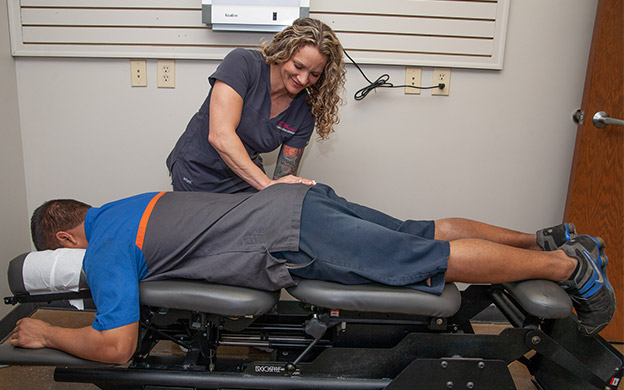
Sacral Occipital Technique (SOT)
Sacral Occipital Technique (SOT) is a method of chiropractic care designed to normalize the relationship between the foundation of the spine (sacrum) and the top of the spine (occipital). The therapy aims to reduce or eliminate pain, but its primary goal is to normalize whole body function. The SOT practitioner often uses the weight of the patient’s own body to correct abnormalities in the body. For example, treatment may involve placing wedge-shaped foam cushions under certain parts of the body to realign the pelvis as the patient reclines on them.
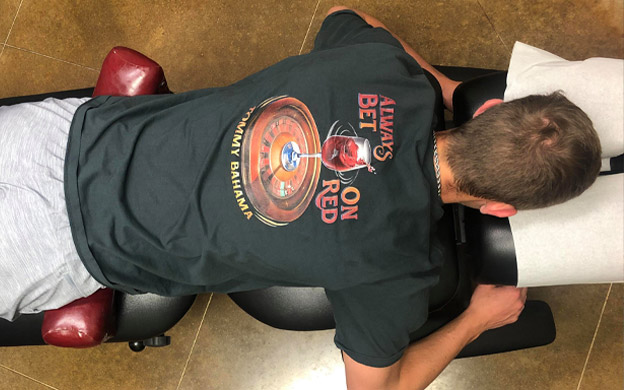
Cranial Sacral Techniques
Craniosacral therapy (CST) is a gentle hands-on technique that works with the soft tissue structures of the body and the flow of cerebrospinal fluid between the head and the base of the spine. These structures and fluids protect, support, and nourish the brain and spinal cord. CST uses a light touch to examine membranes and movement of the fluids in and around the central nervous system. Relieving tension in the central nervous system promotes a feeling of well-being by eliminating pain and boosting health and immunity.
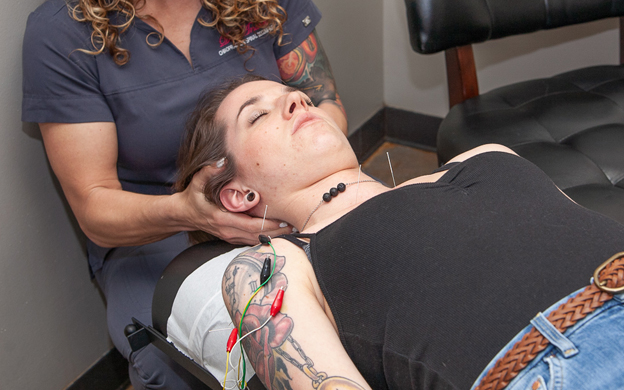

Let me know how I can help you.
Did you know Dr. Andrea’s provides you with a way to order pharmaceutical grade supplements at your own convenience? To view supplements, order or just satisfy curiosity visit numedica.com and enter our practitioner referral code 13510.
Dr. Andrea also offers locally made CBD products that are top of the line medical grade. Visit Encore Life and use practitioner code DAC123
